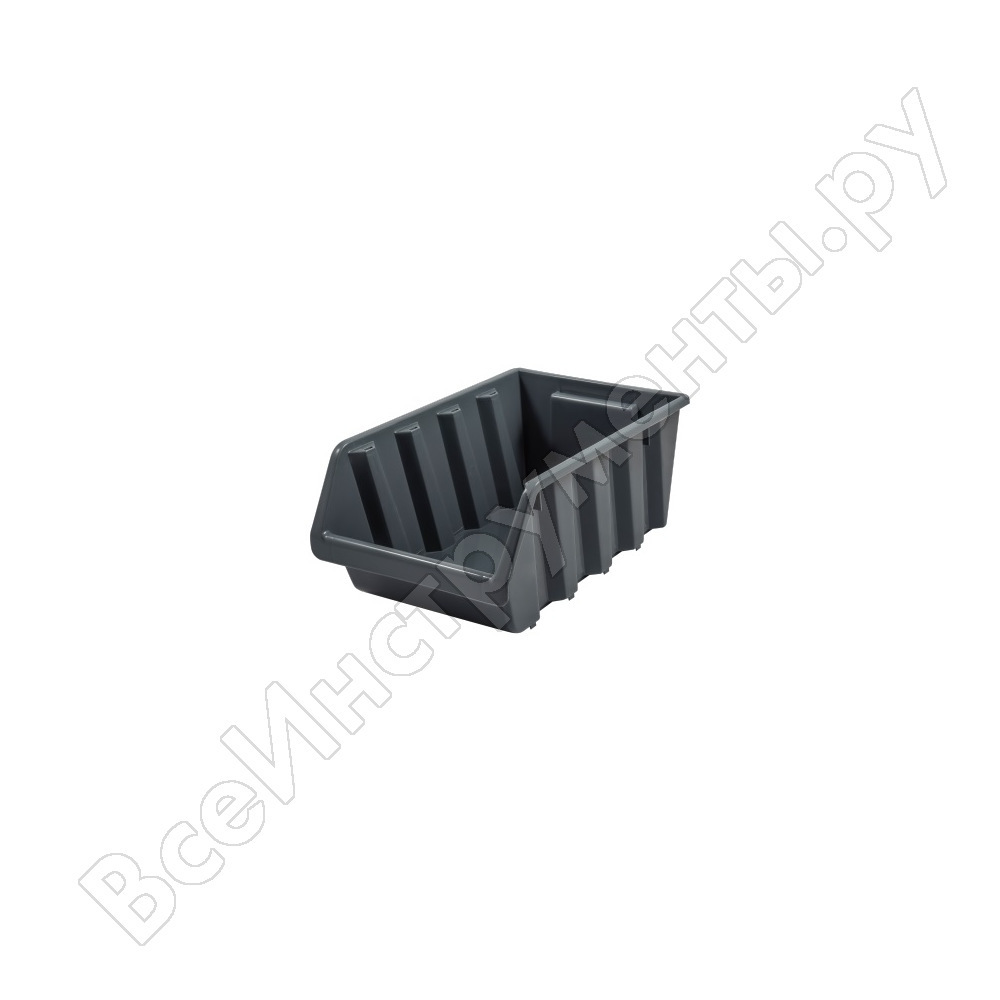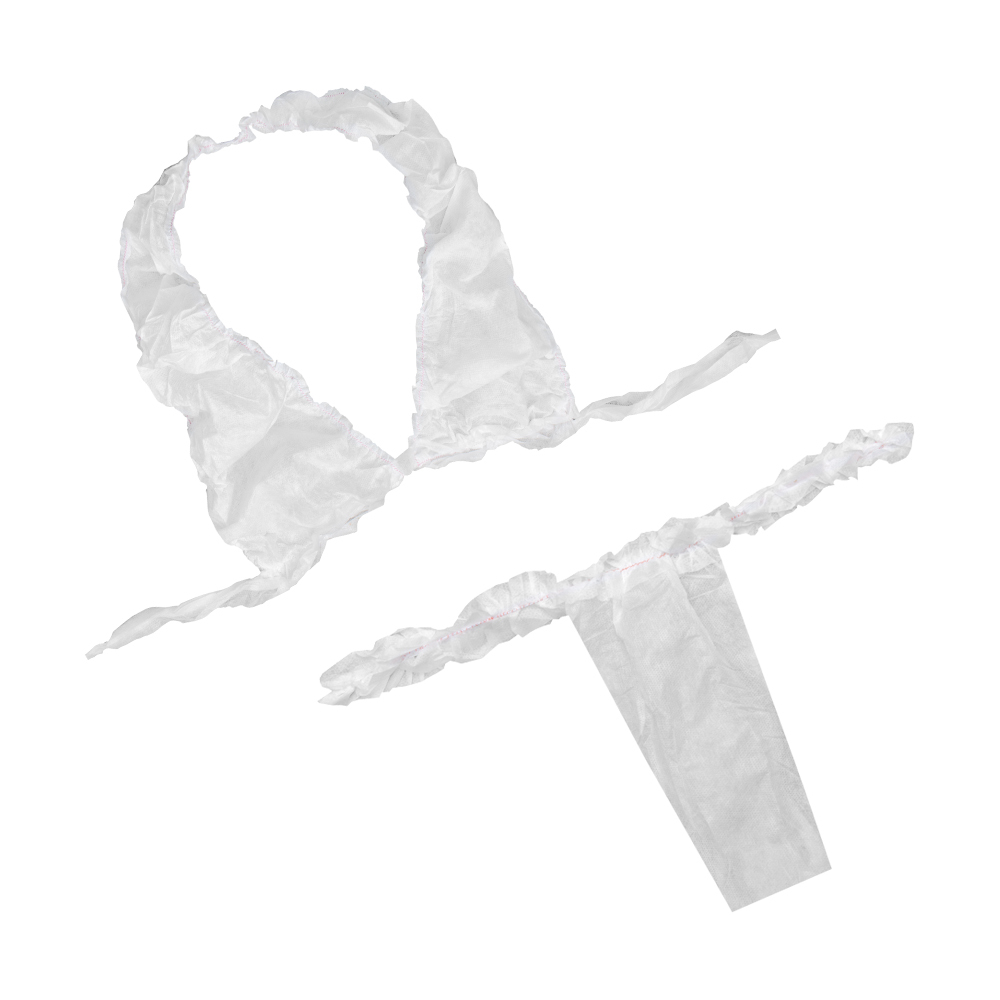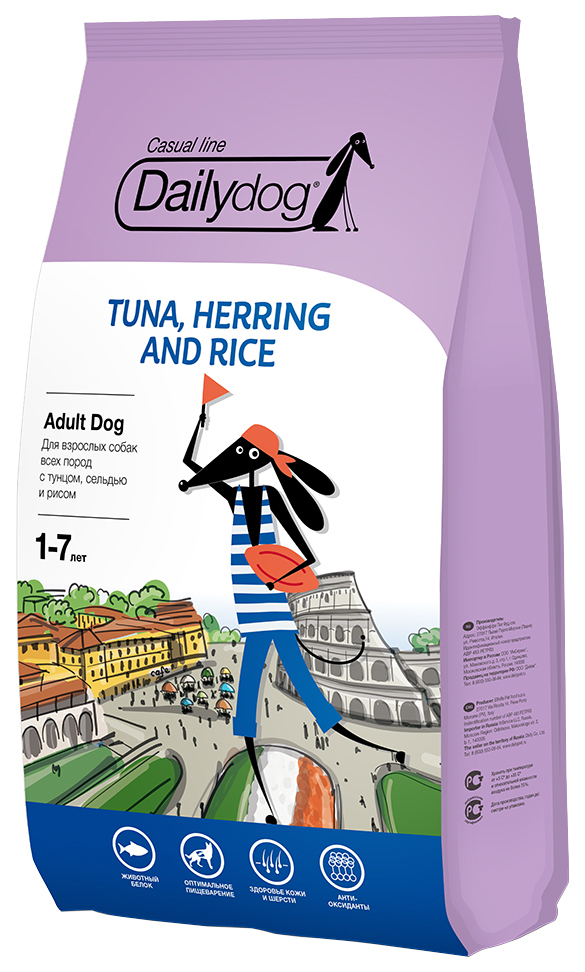The toilet is one of those things that we think about only after they are out of order. That's when we realize what a friend is lost! In the current conditions, replacing the toilet is a much less laborious process than its choice.

Labyrinths of faience and porcelain splendor in any modern building supermarket can lead the unlucky buyer to a state of absolute confusion by a huge variety of shapes, sizes, technical "gadgets" and other nuances. But do not be scared, we will help you decide which toilet is better to choose.
Toilet bowl with non-traditional orientation
When choosing a device, you first have to answer the question that sounds awkward for an unprepared person: are you going to mount the toilet on the floor, or on the wall?"It's good that it's not on the ceiling," you might have thought. Do not worry, it has not come to this yet. But wall models are already sold in stores, although for our compatriots this innovation is still a wonder.
Move to the walls of the toilet bowls did not start with idle curiosity. This way of placing this sanitary device allows you to save a significant area of the toilet or a combined bathroom. In this case, the drain tank is mounted inside the wall, and on its surface is installed a button that performs the discharge.
This solution is just a find for the "lucky ones" who live in small "Khrushchevs".Perhaps you are tormented by doubts about the reliability of attaching a wall toilet. Producers reacted to this issue very responsibly, fixing the wall models is calculated at a load of 400 kg, so any concerns in this regard are unnecessary.
A fairly wide range of wall products is produced by EOS, Sanindusa, Hatria.
Tank type
Tanks for water are available in two versions:
- in a separate design;
- as an integral part of the toilet itself.
In the latter case, the entire product( toilet bowl + tank) is called a monobloc.
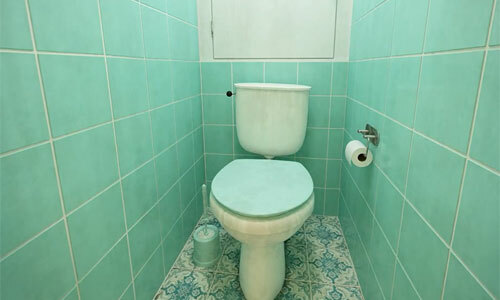
Separate design is easier to transport and install. But during operation the gasket between the tank and the toilet can lose elasticity due to aging, resulting in the formation of leaks. If you do not want to bother with these problems, you better buy a Jacob Delafon toilet bowl that is a candy bar.
Choosing a drain system
Today you can still buy a new toilet with a traditional lever drainage system. But they are encountered less often. In place of the usual for us, levers and pulls come buttons. The drainage system actuated by the button has significant advantages.
Firstly, in the event that such a system fails, there is no need to lift the heavy cover of the tank for repair. It is enough to take a button out of the cover and you can freely thrust your hand into the formed hole in order to reach the drain block. Secondly, the presence of a button makes it possible to realize the discharge of half the volume of water.
You may have seen tanks equipped with two buttons or one round, divided into two halves. Pressing one of them leads to the drainage of the entire volume of water in the tank( 6-8 liters), and the second is necessary for those cases when you can do only half the volume. Such a simple solution will allow you to save a lot of water.
How to fill the tank
We are accustomed to the fact that in the drain tank water flows through the hole located in the upper part of the side wall. However, in the best toilet bowls the water supply is carried out from the bottom. At the same time the tank works absolutely noiselessly, without irritating the tenants with annoying murmurs.
Flushing system
Before going to the store for a new toilet, pay attention to the location of the sewer pipe in your apartment or house. Depending on the method of connection to the sewer, the toilet bowls are:
- with vertical drain( most often installed in private houses and cottages);
- with horizontal drain( used in new multi-apartment buildings);
- with oblique sink( such a drain is characteristic for old apartment buildings).
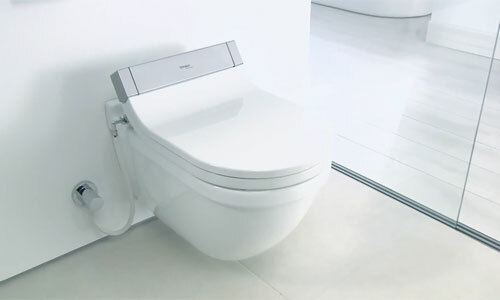
According to the technology of water flow distribution, these types of discharge are distinguished:
Direct discharge
Classic version, which we are used to observe in domestic toilet bowls. The bulk of the drained water collapses into the bowl of the toilet bowl by a direct flow. Such a sink is accompanied by a rather loud noise and a certain amount of spray, so in modern products it occurs less and less.
Reverse drain
In all imported plumbing this type of discharge is used. Water is supplied to the toilet bowl along the arc, so that its stream silently bathes the entire surface of the bowl. In addition to the lack of noise, such a drain is characterized as more reliable and economical.
There are also, cascading and shower versions of the drain. In the first case, the water flushes the surface of the toilet bowl evenly. In the second, the water flow is fed into the bowl at a certain angle, so that a funnel is formed around the surface of the device.
Toilet bowl
Today, you can easily find models on the market even from such exotic materials as cast iron, plastic, marble, steel and gold. But such products are still at the level of experiments. Ceramic materials such as porcelain and faience are widely recognized and most popular.

Porcelain has such important advantages:
- is easily laundered;
- does not absorb odors;
- has a long service life( up to 50 years, while faience serves about 30 years).
The faience is much inferior to porcelain. To produce it, clay of a lower grade is used, the roasting regime of which also differs from the more expensive porcelain. As a result, a porous surface is obtained, which quickly accumulates dirt and is very difficult to clean. However, all these shortcomings can be circumvented if you cover glazed with faience. This toilet is almost impossible to distinguish from porcelain.
In the modern production of toilet bowls use a new technology for the manufacture of faience, the so-called baking crock. Its important advantage is a dirt-repellent effect. The surface of such faience is not wetted with water, that is, the drops instantly slip off of it, not spreading, like on ordinary ceramics.
At last one more council: choose production of known brands. The Czech company Jika, the Swedish Svedbergs, the Finnish Ido have proved themselves well. With the products of these manufacturers, you will be insured against problems for many years.

